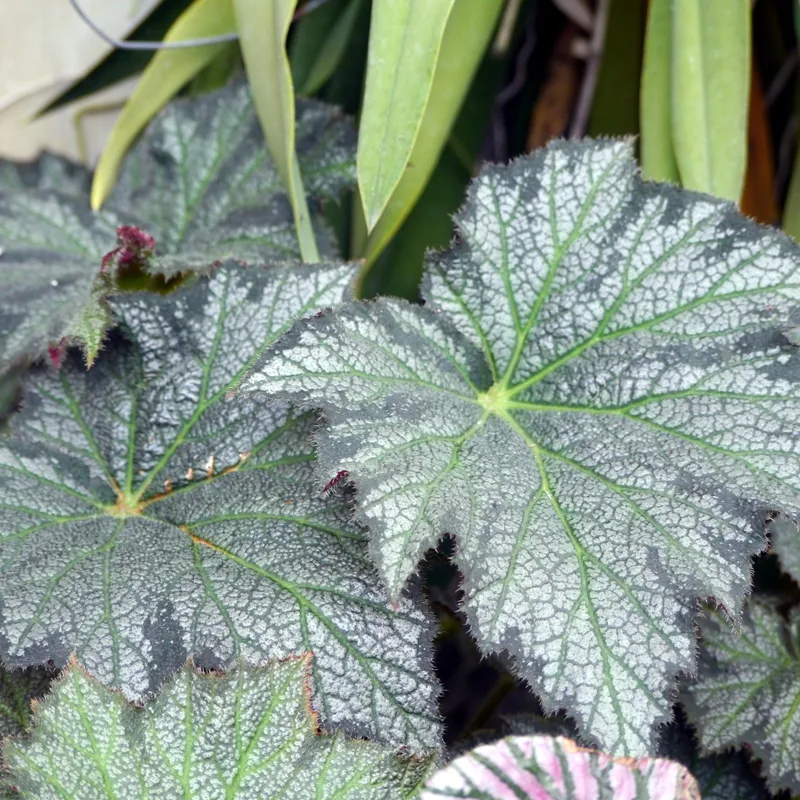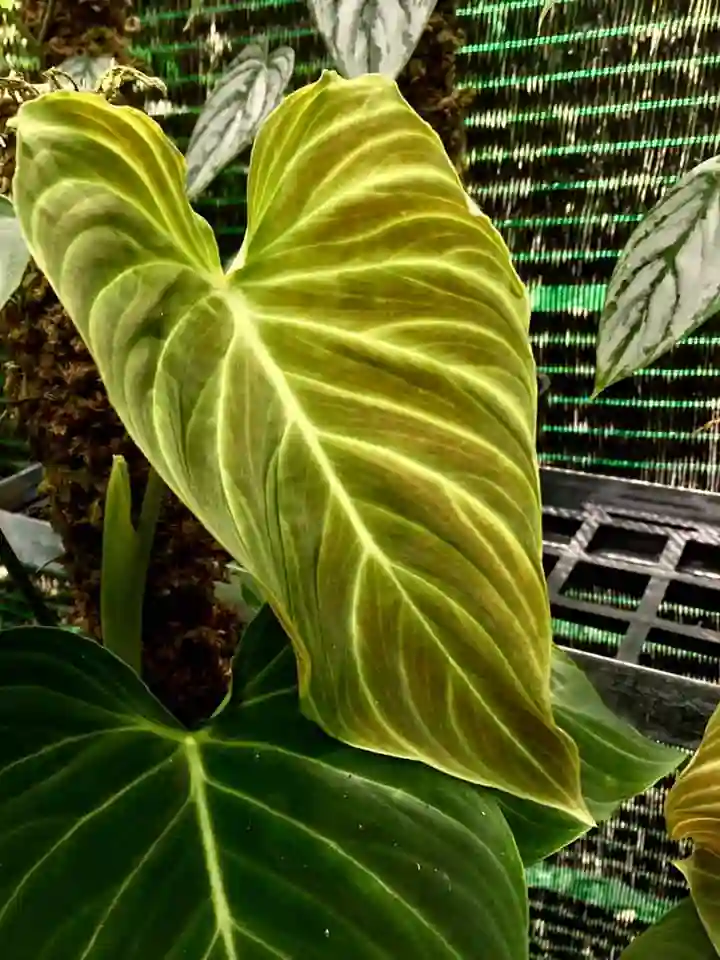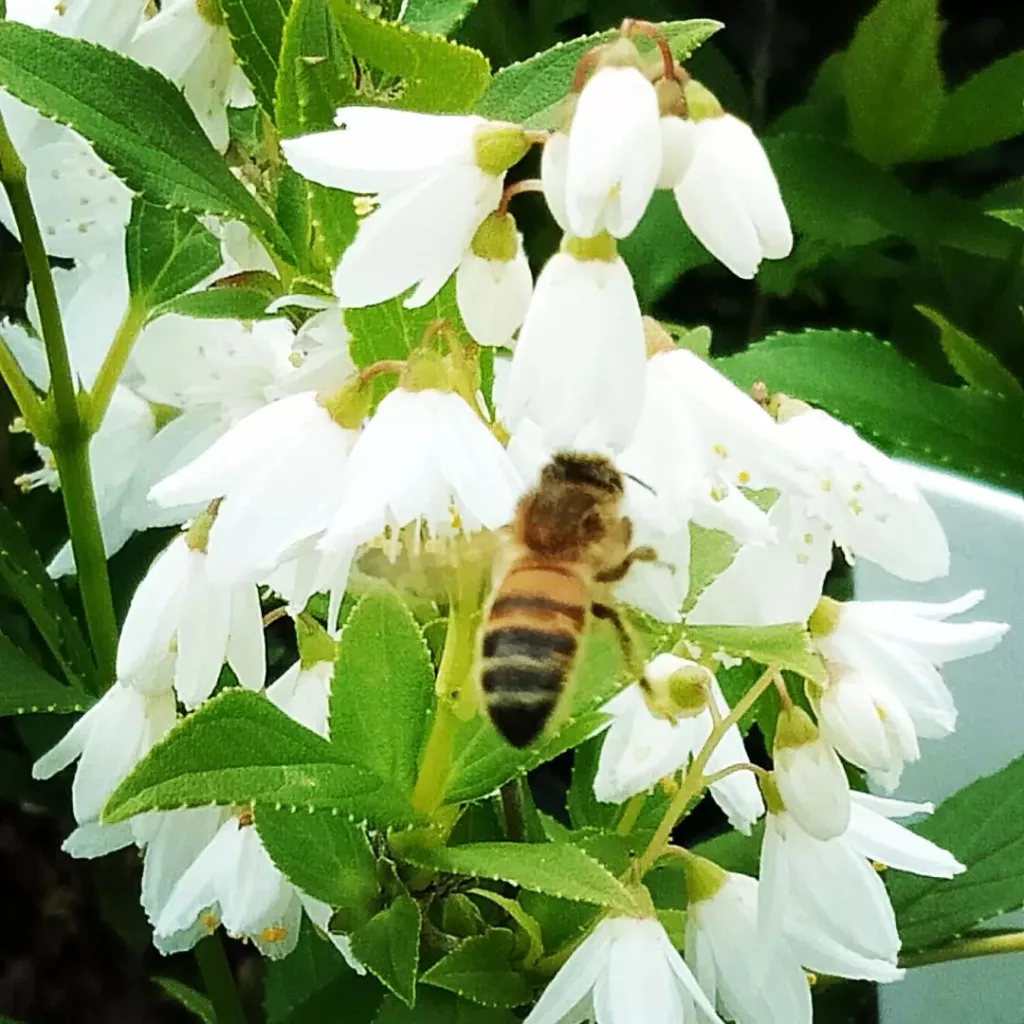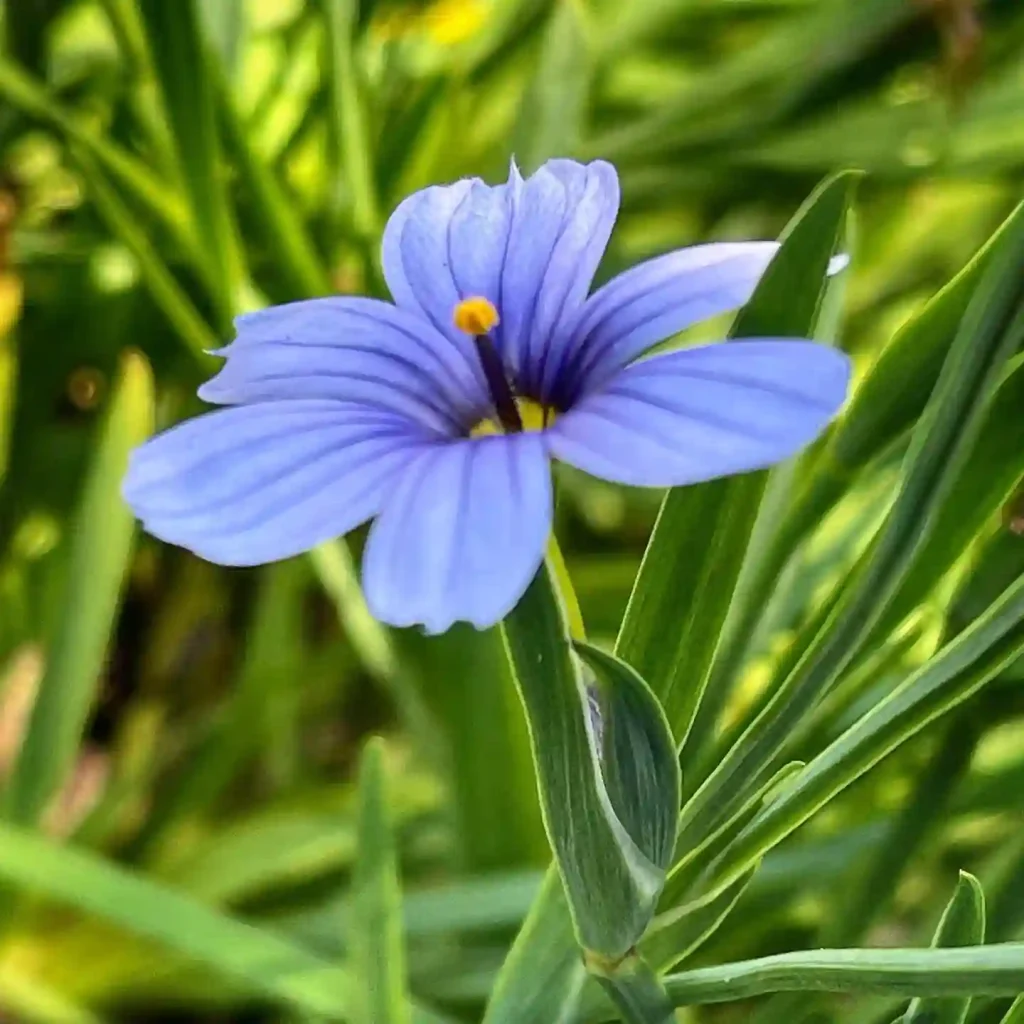What is Rehmannia Glutinosa?
Rehmannia Glutinosa, also known as Chinese Foxglove or Shihu, is a perennial herb native to China. It has been used in traditional Chinese medicine for centuries, primarily for its healing properties. The plant is known for its fleshy, tuberous roots which are harvested and processed for medicinal use. These roots are often used to treat a variety of ailments, including adrenal fatigue, chronic fatigue syndrome, and various kidney issues.
7 Species in Genus Rehmannia
How to Grow Rehmannia Glutinosa?
Growing Rehmannia Glutinosa requires a bit of care and attention, but it’s definitely manageable with the right knowledge. Here’s a step-by-step guide based on my experience:
- Climate and Soil Requirements: Rehmannia Glutinosa thrives in a temperate climate. It prefers well-drained, loamy soil rich in organic matter. The plant is quite tolerant of different soil types but requires good drainage to prevent root rot.
- Planting: Start by planting seeds or tubers in the spring, after the last frost. Space the seeds or tubers about 6-8 inches apart to allow room for growth. You can sow seeds directly into the soil or start them indoors and transplant later.
- Watering: Keep the soil consistently moist but not waterlogged. Overwatering can lead to root rot, so it’s important to maintain a balance. I recommend checking the soil moisture regularly and watering as needed.
- Sunlight: Rehmannia Glutinosa enjoys full sun to partial shade. In regions with intense summer heat, providing some afternoon shade can help prevent stress on the plant.
- Fertilizing: Feed the plant with a balanced, all-purpose fertilizer during the growing season. This will help promote healthy growth and robust root development.
How to Care for Rehmannia Glutinosa?
Proper care is essential to ensure the health and productivity of Rehmannia Glutinosa. Here are some tips based on my observations:
- Mulching: Apply a layer of mulch around the base of the plant to retain moisture and suppress weeds. This also helps in maintaining a consistent soil temperature.
- Pruning: Regularly remove dead or diseased foliage to keep the plant healthy. Pruning also encourages better air circulation, which can prevent fungal infections.
- Pest and Disease Management: Keep an eye out for common pests like aphids or spider mites. Use natural insecticides or insecticidal soap if needed. Rehmannia Glutinosa can be susceptible to fungal diseases, so ensure good air circulation and avoid overhead watering.
How to Propagate Rehmannia Glutinosa?
Propagation of Rehmannia Glutinosa can be done through seeds or tuber division. Here’s how I do it:
- From Seeds: Sow seeds in early spring in a seed tray or directly in the garden. Keep the soil warm and moist. Germination can take a few weeks, so be patient.
- From Tubers: Divide mature tubers in early spring or late fall. Ensure each piece has at least one growing point. Plant the divisions immediately in well-prepared soil.
What to Plant With Rehmannia Glutinosa?
Rehmannia Glutinosa pairs well with other medicinal herbs and plants that have similar growing conditions. For instance:
- Ginseng: Both plants prefer similar soil and climate conditions and can complement each other well in a herb garden.
- Astragalus: This herb also benefits from the same soil type and sunlight conditions, making it a good companion plant.
- Mint: If you have a herb garden, mint can grow well alongside Rehmannia Glutinosa, though it can be invasive, so keep it in check.
Can You Grow Rehmannia Glutinosa Indoors?
Growing Rehmannia Glutinosa indoors is possible but challenging. It requires a lot of light, so a south-facing window or grow lights are essential. Maintain proper humidity and temperature to mimic its natural outdoor conditions. Be prepared to provide extra care to ensure it thrives indoors.
Is Rehmannia Glutinosa Toxic?
Rehmannia Glutinosa is not known to be toxic to humans or pets. However, it’s always best to use medicinal herbs under the guidance of a healthcare professional to avoid any potential adverse effects.
Benefits of Rehmannia Glutinosa
Rehmannia Glutinosa offers numerous health benefits, many of which are supported by traditional uses and some scientific research. It is commonly used to:
- Support Kidney Health: It helps in nourishing and strengthening the kidneys.
- Boost Energy Levels: It’s used to combat fatigue and improve overall vitality.
- Enhance Immune Function: Its adaptogenic properties support the immune system.
Common Problems with Rehmannia Glutinosa
Some common issues I’ve encountered with Rehmannia Glutinosa include:
- Root Rot: Caused by overwatering or poor drainage.
- Pest Infestations: Watch out for aphids and spider mites.
- Fungal Diseases: Ensure good air circulation to prevent fungal infections.
Comparison with Other Plants
Rehmannia Glutinosa is sometimes confused with other medicinal herbs like:
- Codonopsis: Though both are used in traditional medicine, Codonopsis has a different set of benefits and growing requirements.
- Dong Quai: Another herb used for similar health issues, but with different properties and uses.
In conclusion, Rehmannia Glutinosa is a valuable herb with a rich history of medicinal use. By understanding its growing requirements, care needs, and benefits, you can successfully cultivate this plant and enjoy its many advantages.
If i die, water my plants!



